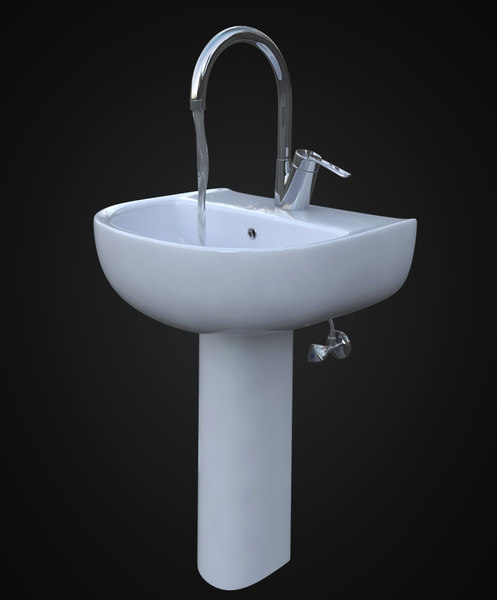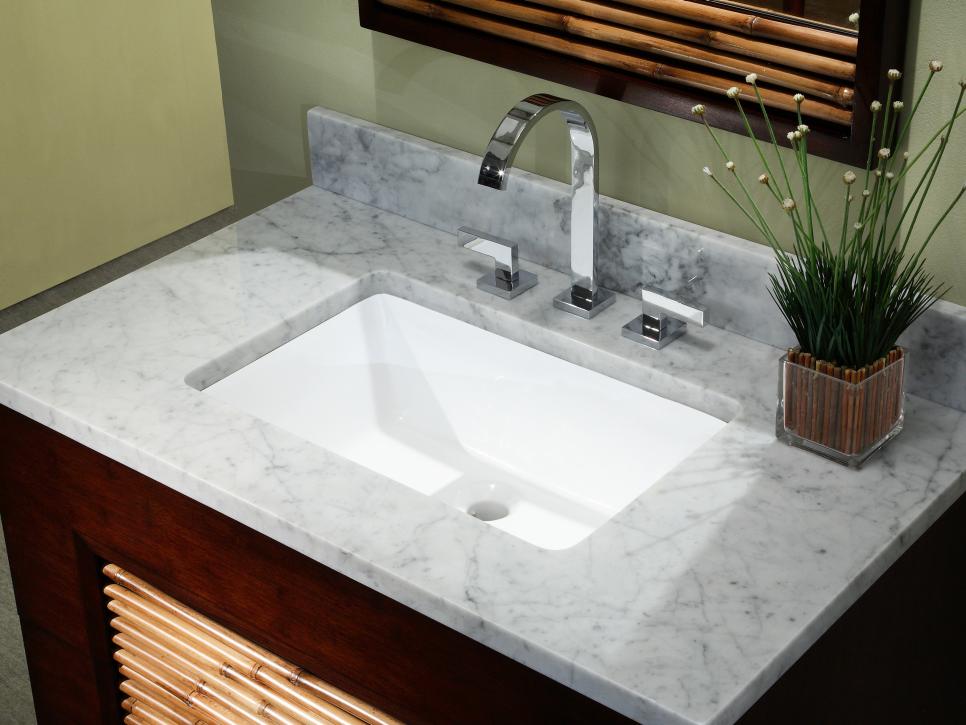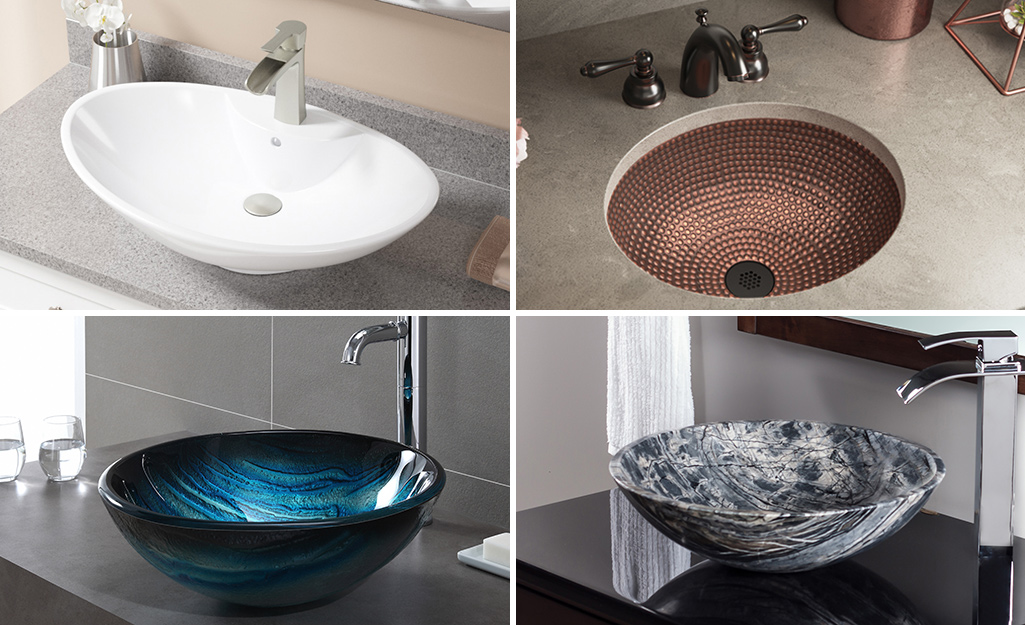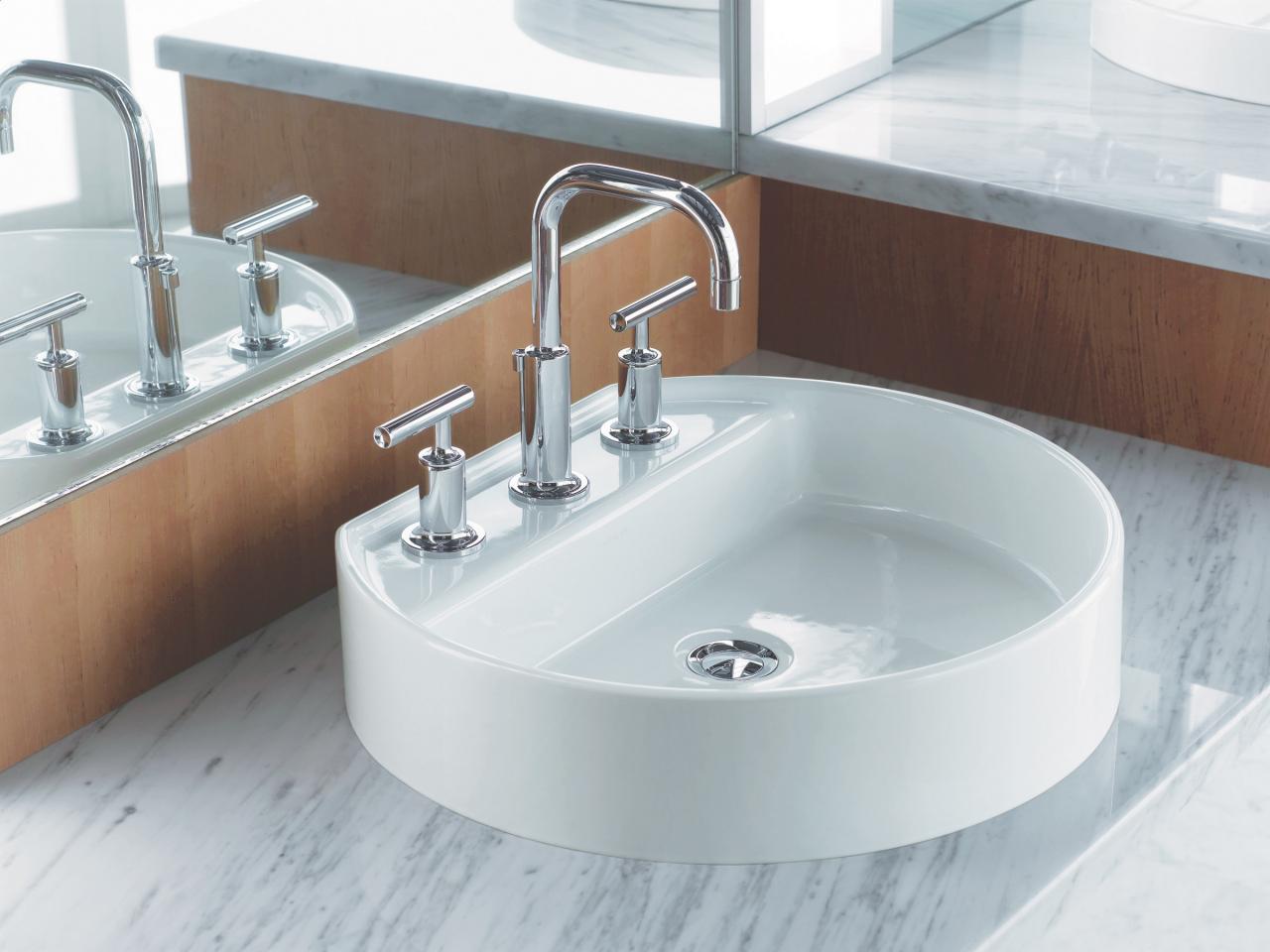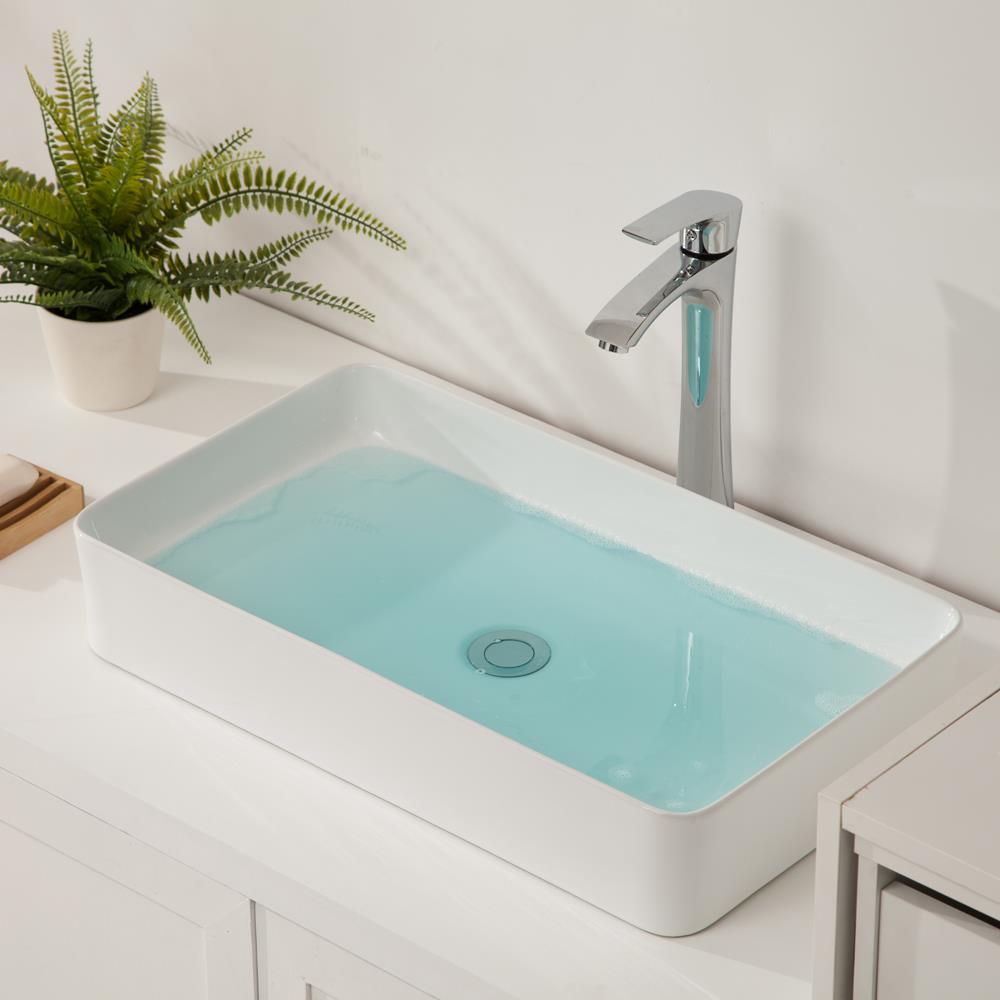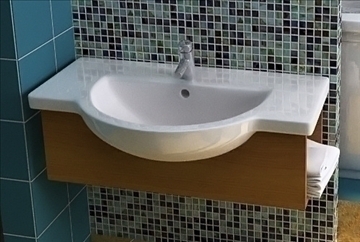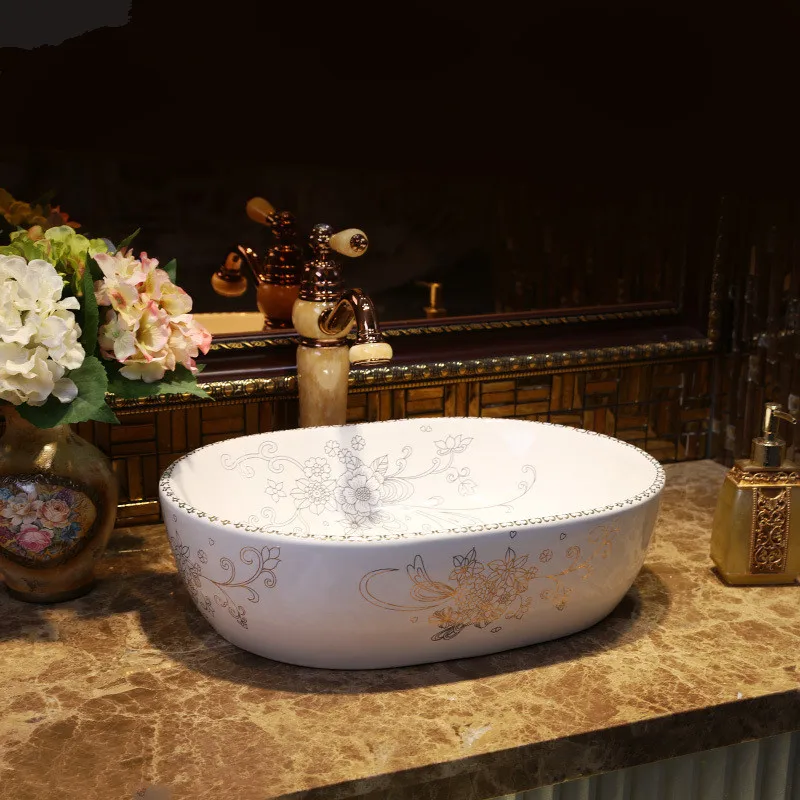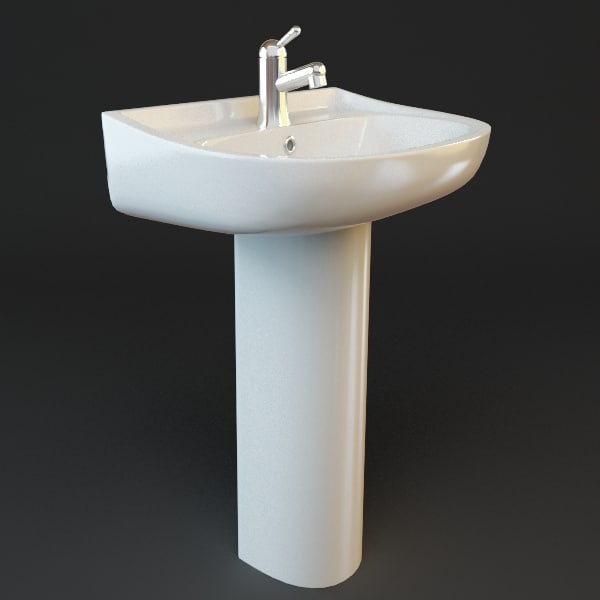An expert bathroom designer has so many years of experience. There are lots of online sources offering discount bathroom sinks and modern faucets. Largely, these bathroom sinks are available in the original round or oval, but troughlike and rectangular shapes are starting to show up also. Wicker vanities develop an airy feel.
Images about Bathroom Sink Models
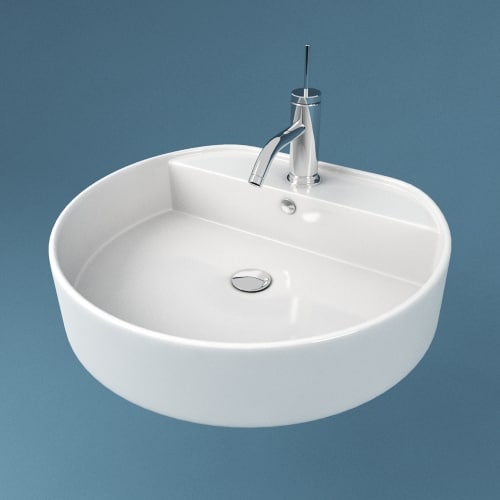
Bathroom sinks can go a far method inside remodeling your bathroom. It provides the bathroom some kind of wide open space feel because of the unenclosed sink. You are able to buy sinks that sit in addition to a vanity, similar to a bowl would. You are able to make choose a vessel sink to make a bold decorative statement.
Bathroom sink 3D model – TurboSquid 1604613
Think about the design of the room – will the bathroom sink go within the corner of the room, and will you want it to be the centrepiece of the room. Constantly measure thoroughly the area where your sink is going to go; having a sink that is either way too large or too small for the available space could spoil the bathroom plans of yours.
Bathroom Sink Styles HGTV
Overall, using a bigger sink can give the bathroom the feeling of being custom designed without too much additional cost. One of the deciding factors can occasionally be what warrantee each company is eager to provide. The styles are variety from conventional to the latest. Pedestal sinks are usually the cheapest option because they're easier to set up.
bathroom sink 3D model
Types of Bathroom Sinks
Bathroom sink (130226) 3D model – Download 3D model Bathroom sink (130226) 130226 3dbaza.com
Pinoir Wall Mount Bathroom Sink by KOHLER 3D model
Bathroom Sink 101 HGTV
Lordear Porcelain vessel sink White Porcelain Vessel Rectangular
bathroom sink
PetusHouse Bathroom Vessel Sink and Pop Up Drain Combo, Rectangle Above Counter White Porcelain Ceramic Bathroom Vessel Vanity Sink Washing Art Basin
Chinese style bathroom ceramic wash basin blue porcelain counter top basin wash ceramic wash basin models
pedestal sink bathroom 3d model
Washbasin sink 3D model
Related Posts:
- How To Fix Leaky Bathroom Sink Drain
- How To Fix A Leaking Bathroom Sink Pipe
- Wooden Bathroom Sink Unit
- Extra Hole In Bathroom Sink
- Large Undermount Trough Bathroom Sink
- GFCI Distance From Bathroom Sink
- Satin Nickel Bathroom Sink Faucets
- Black Mold In Bathroom Sink
- Quality Bathroom Sinks
- Foul Smell From Bathroom Sink
